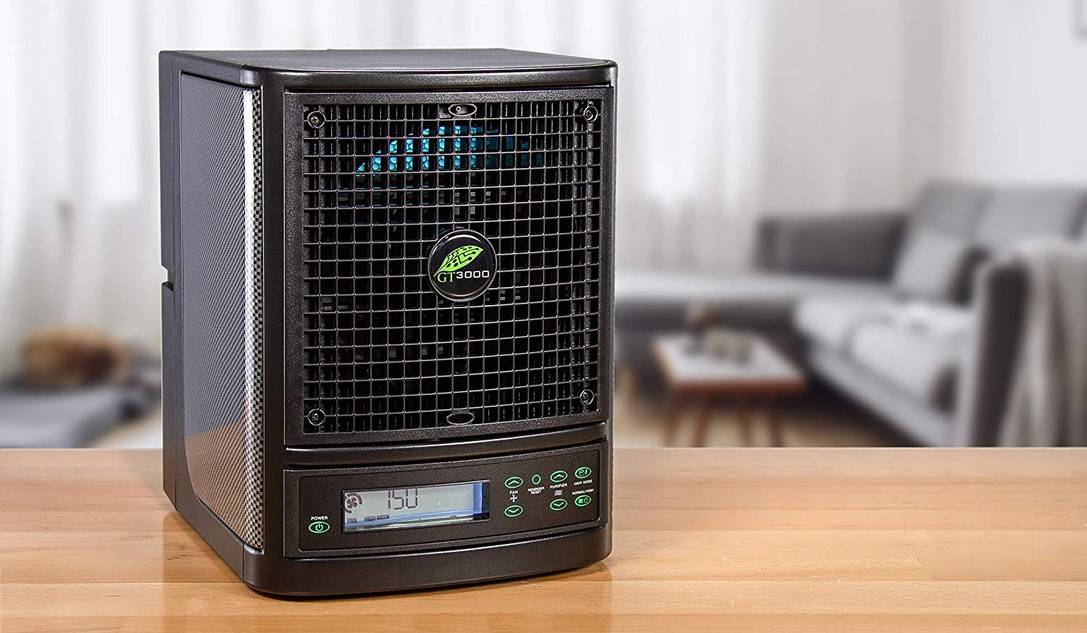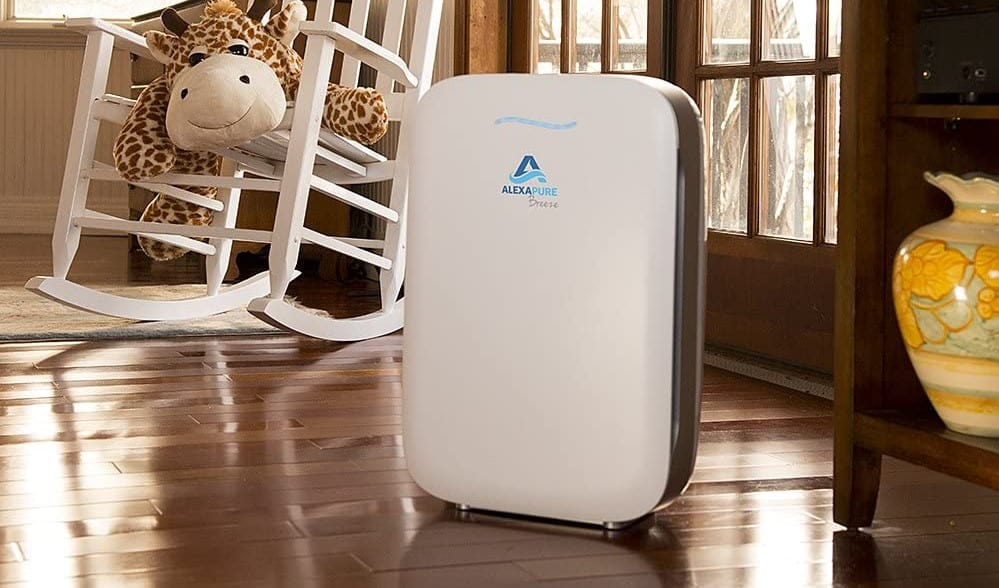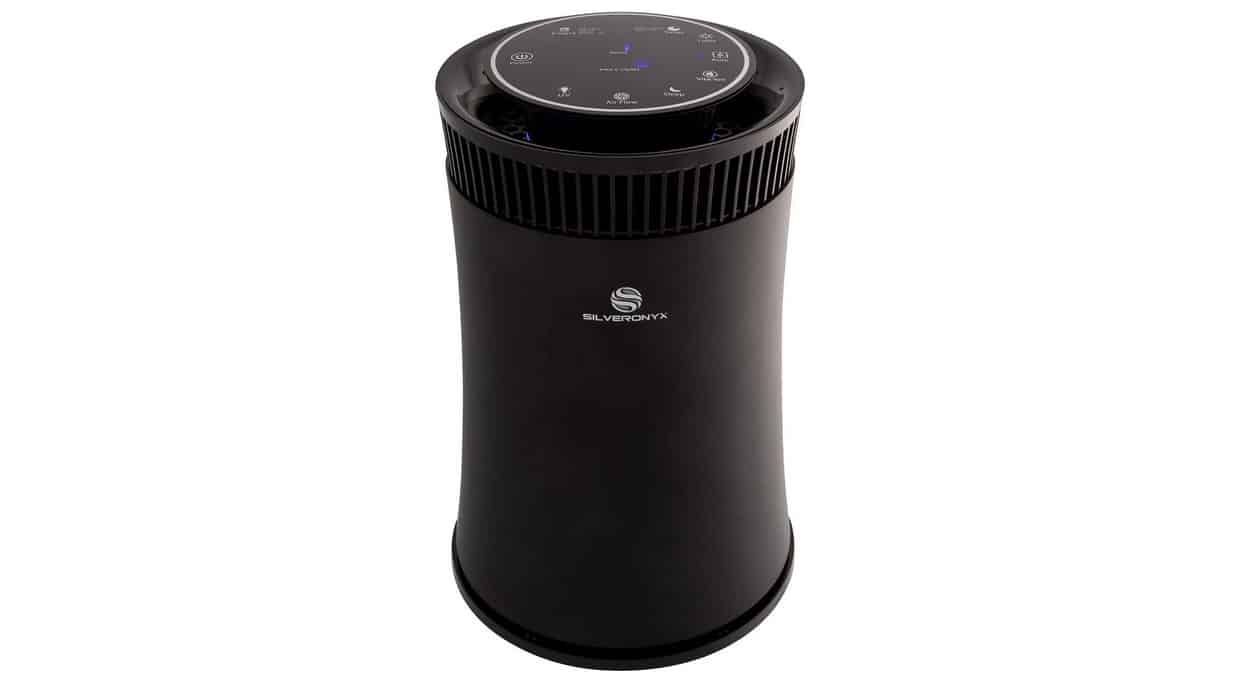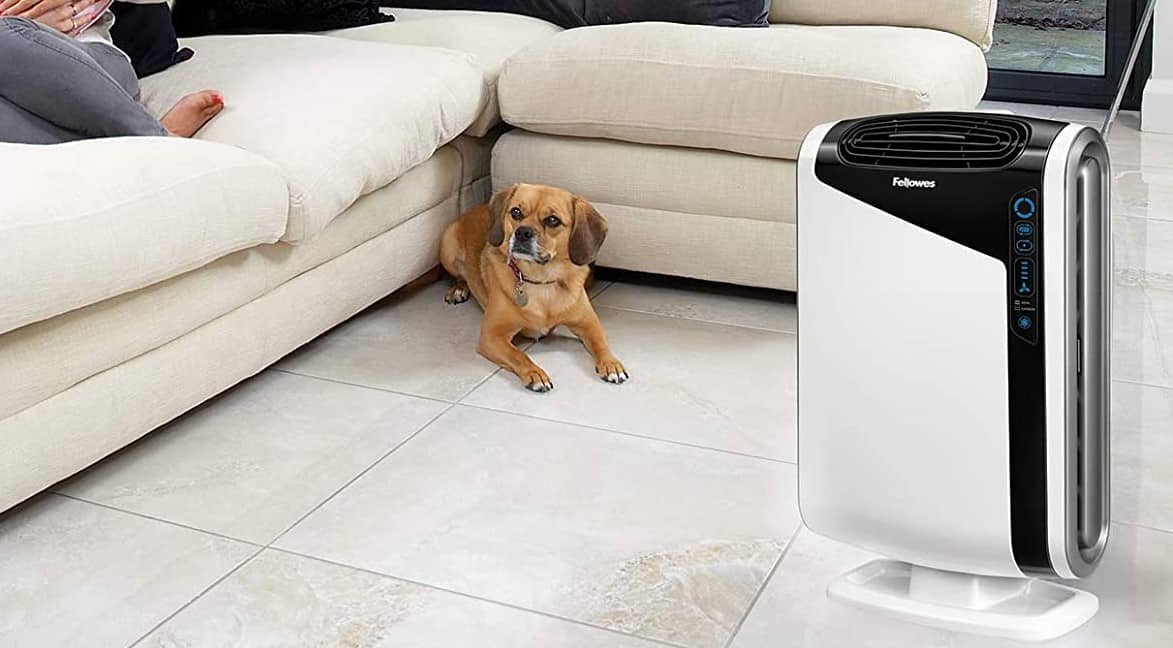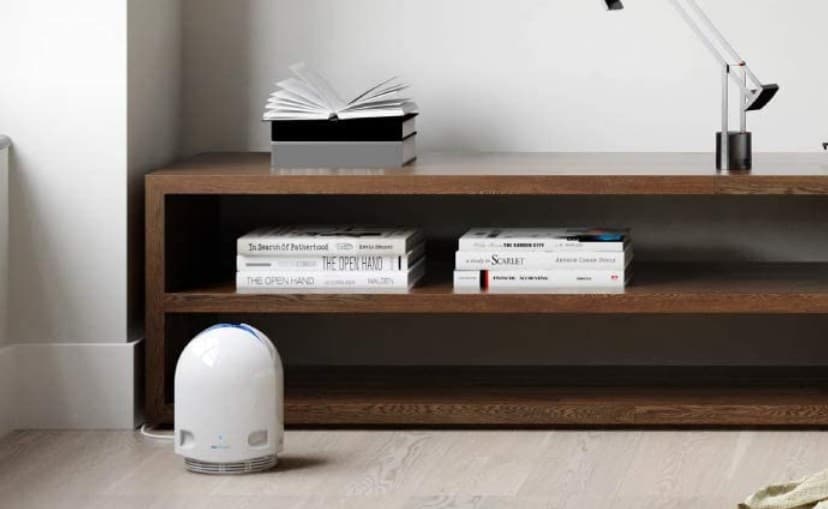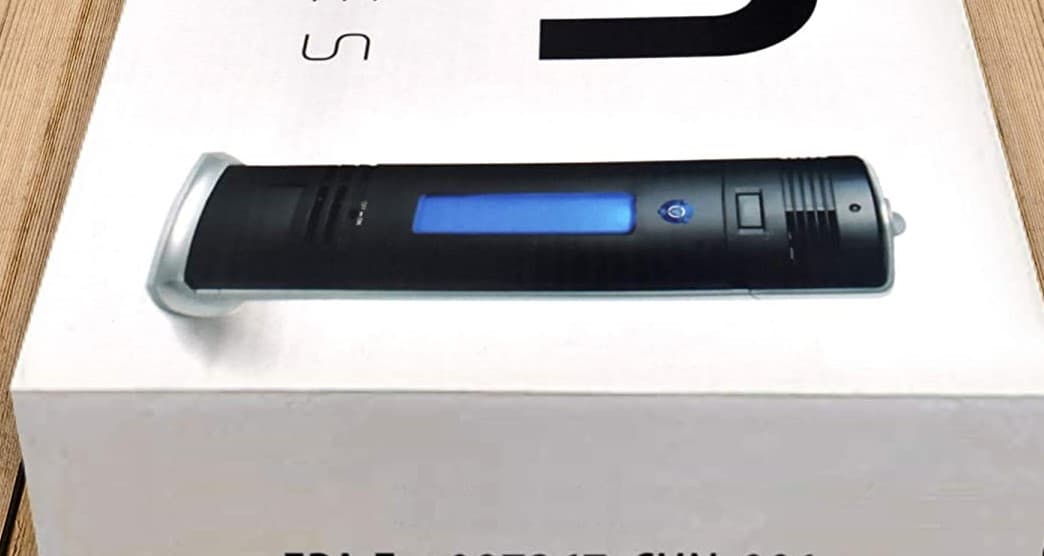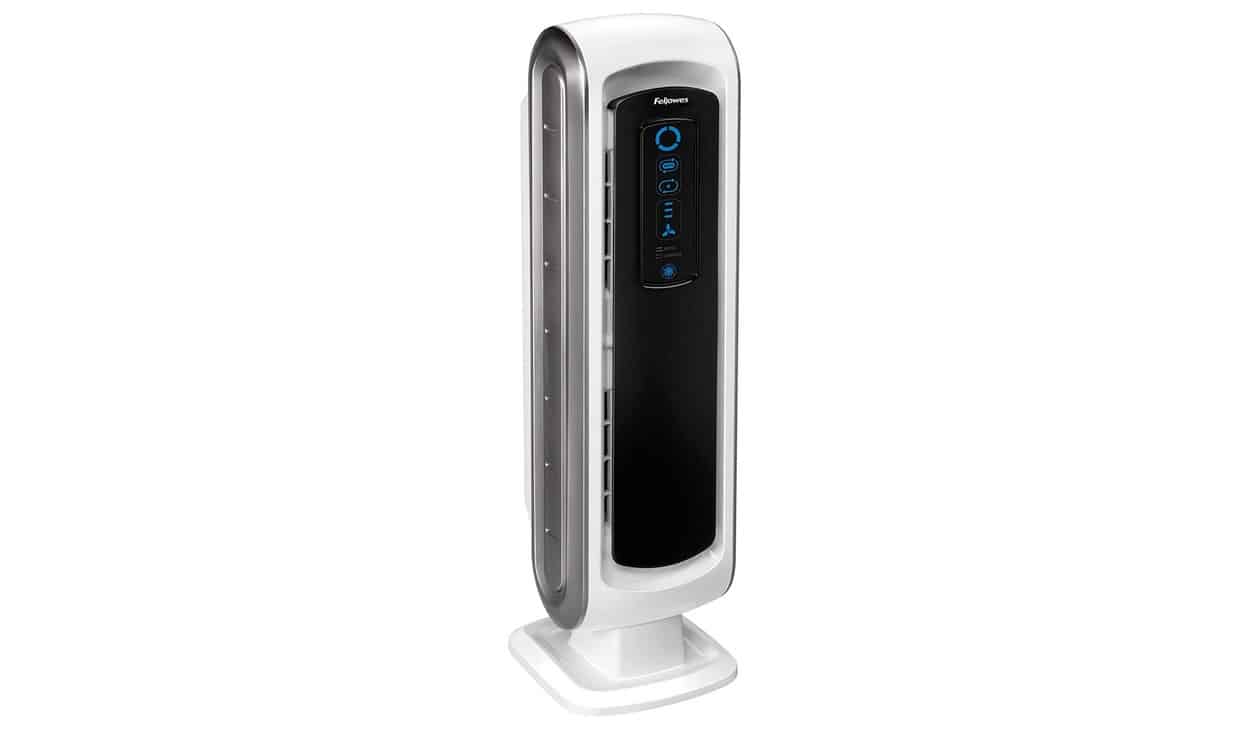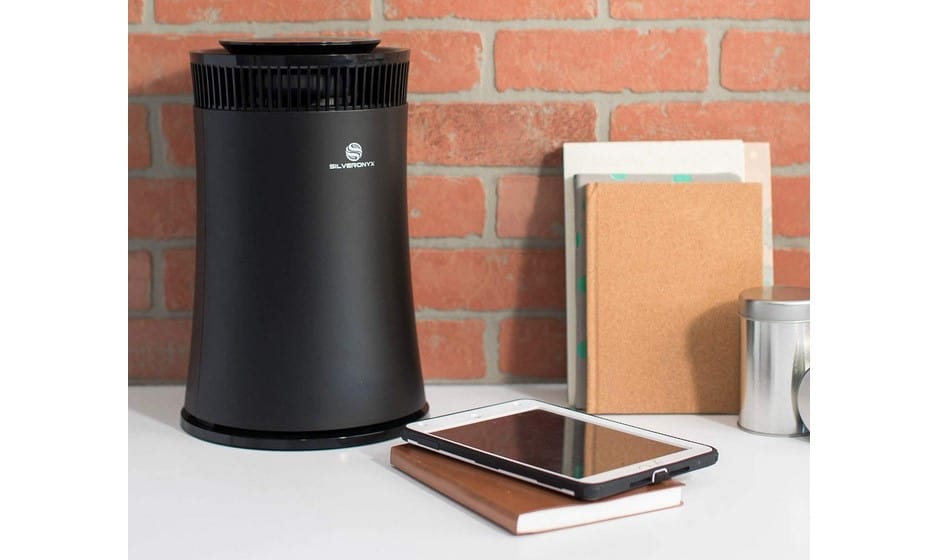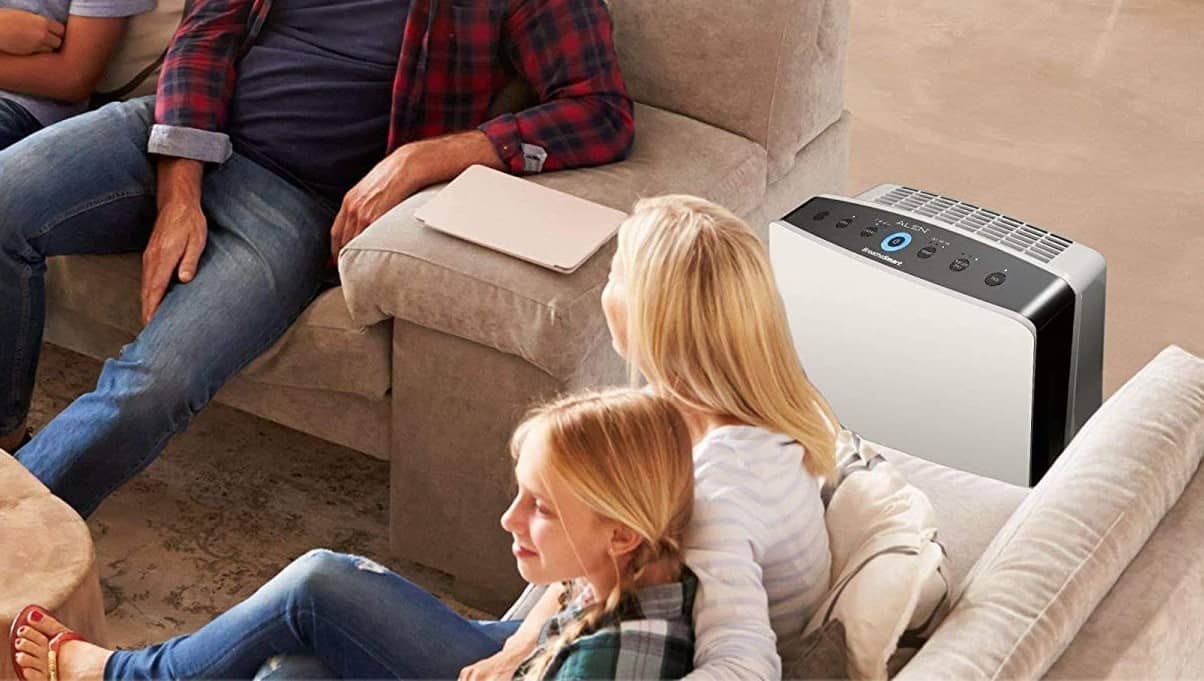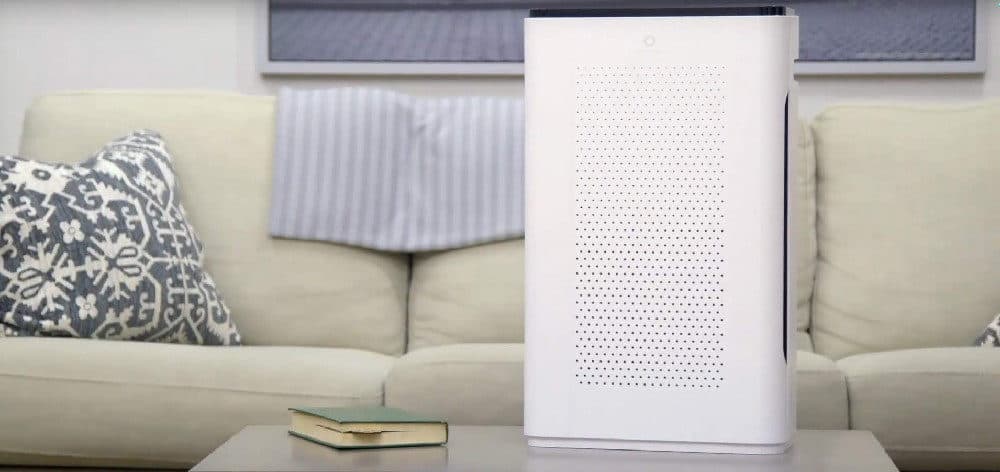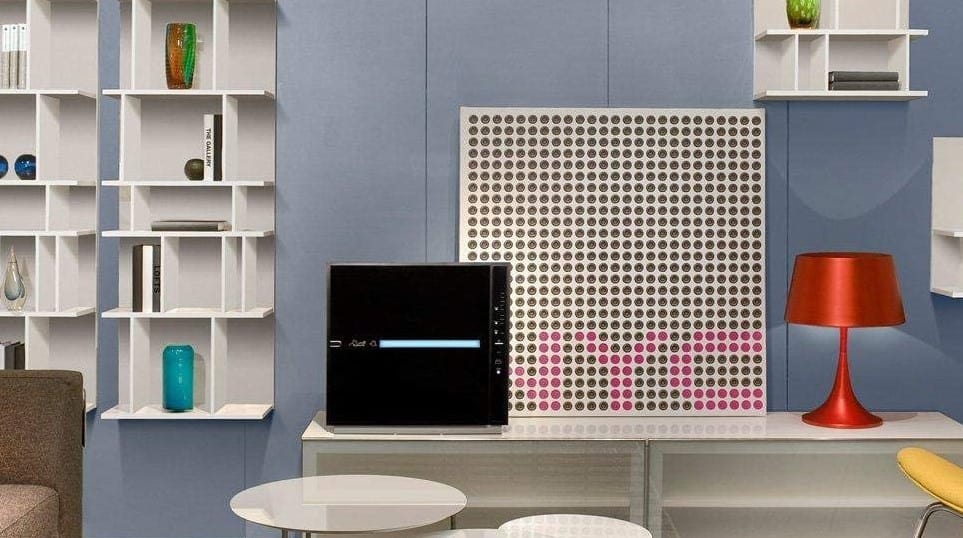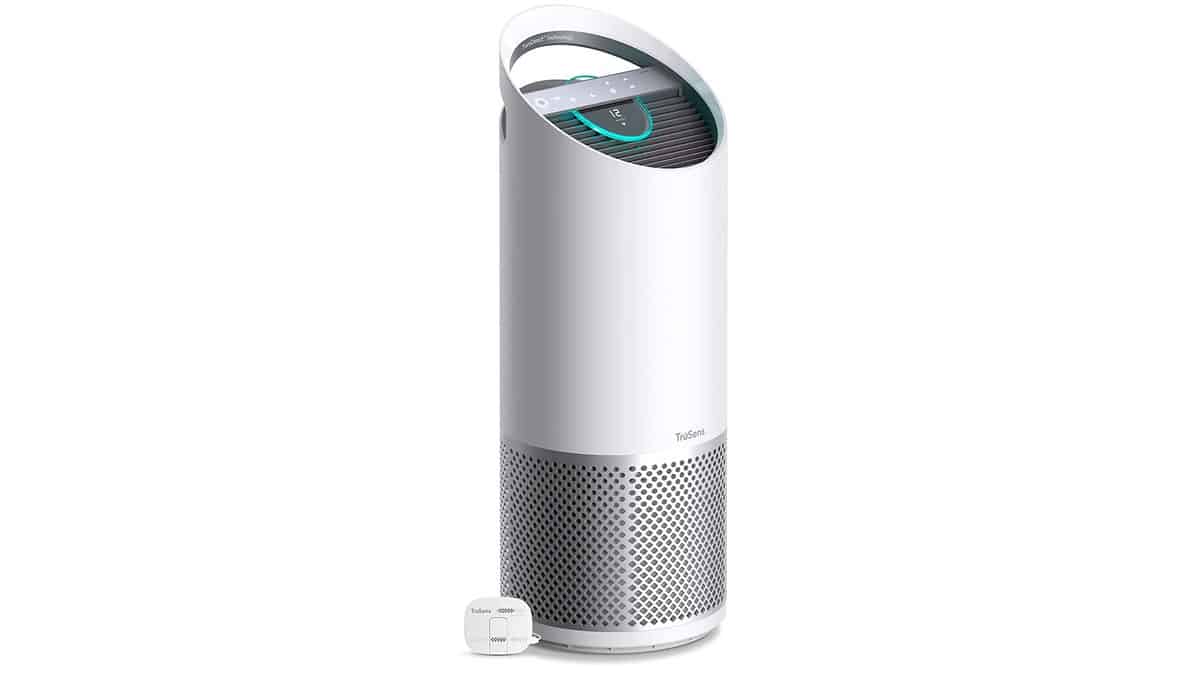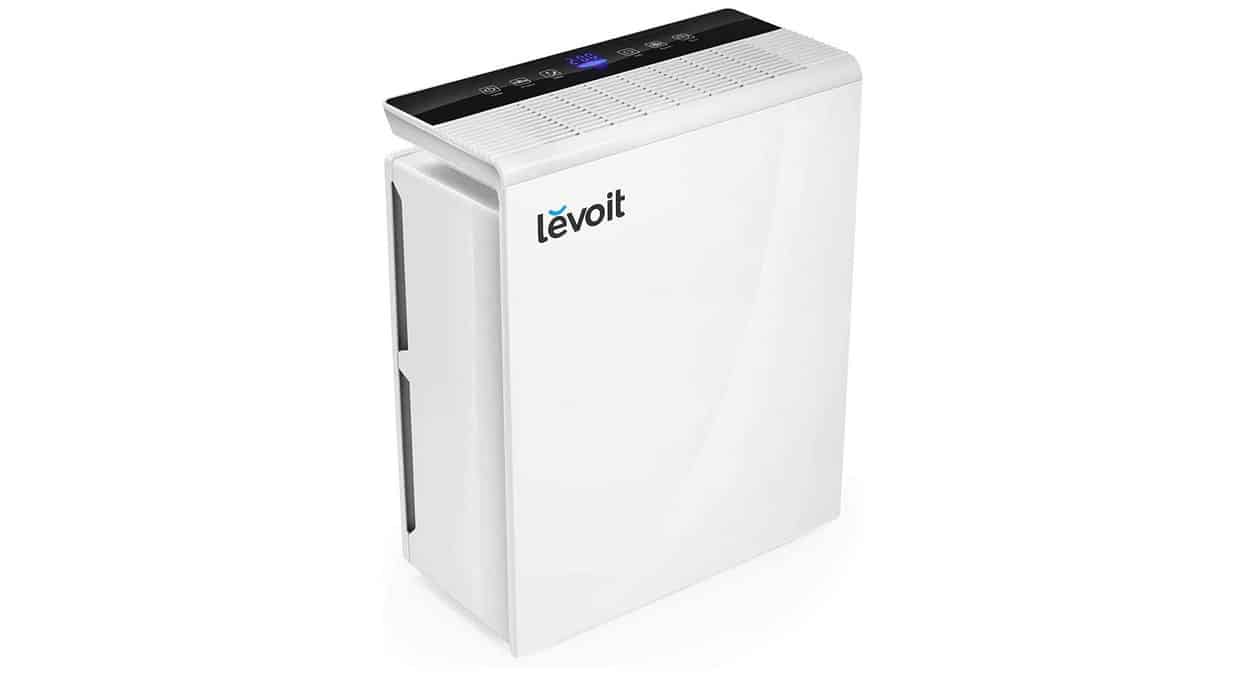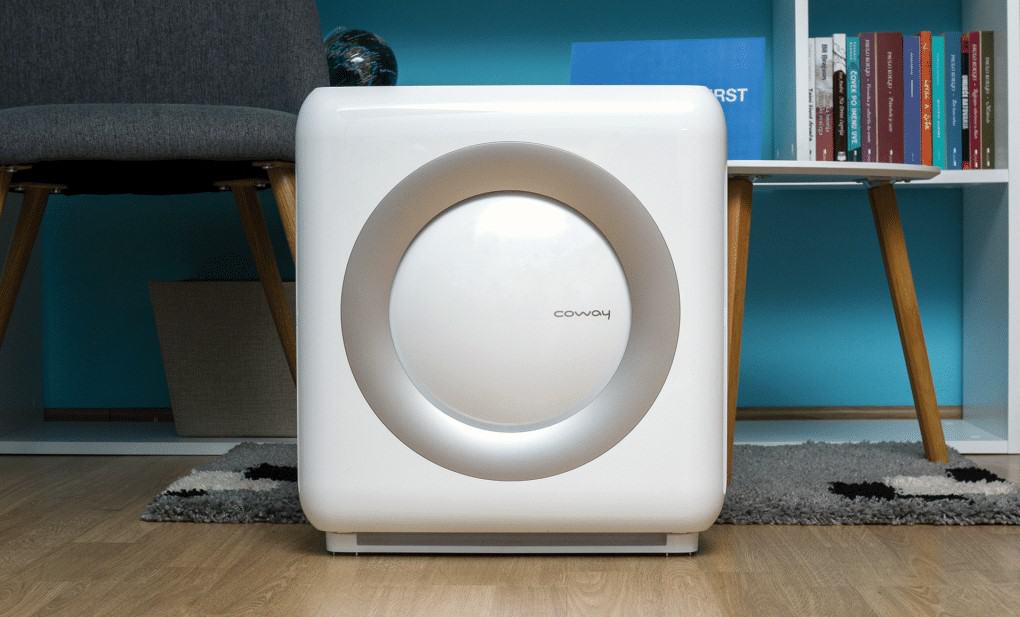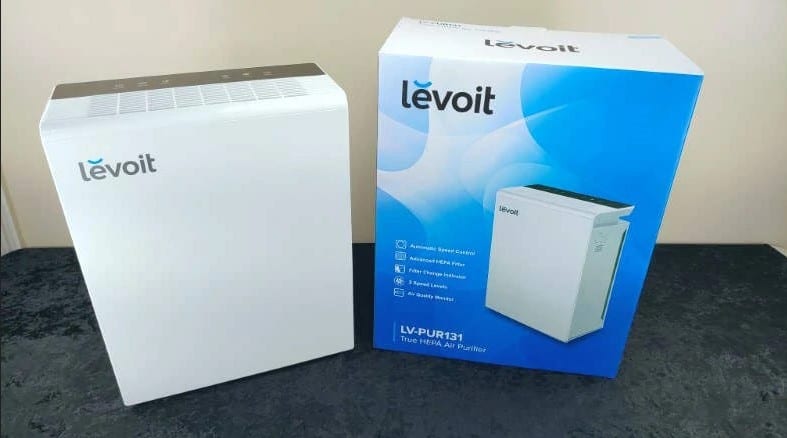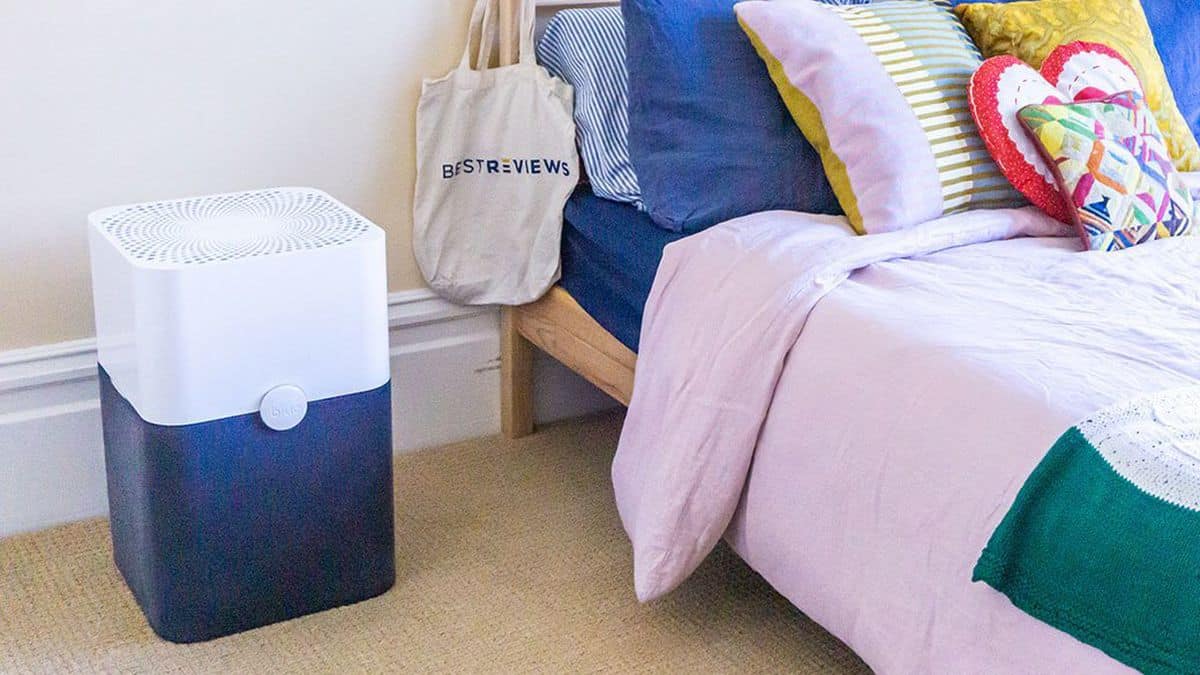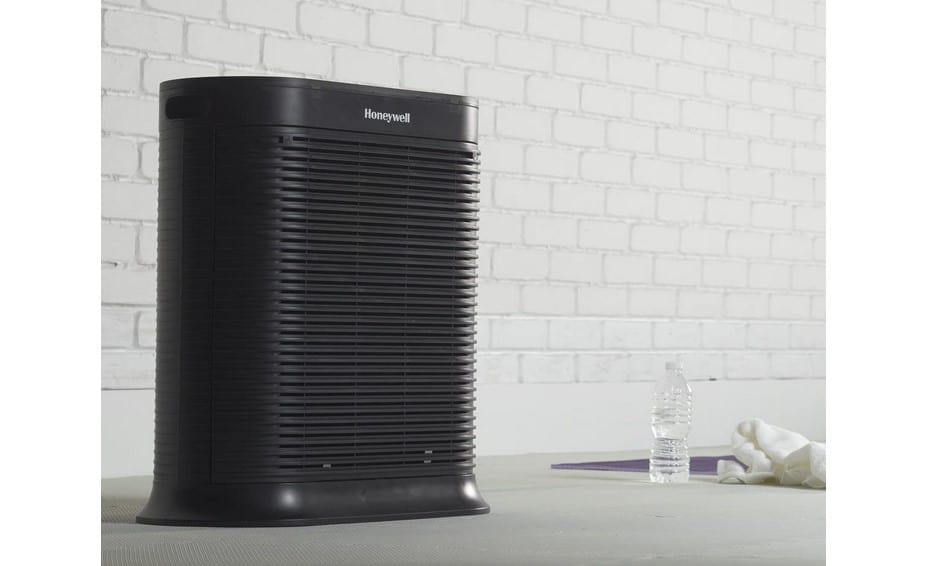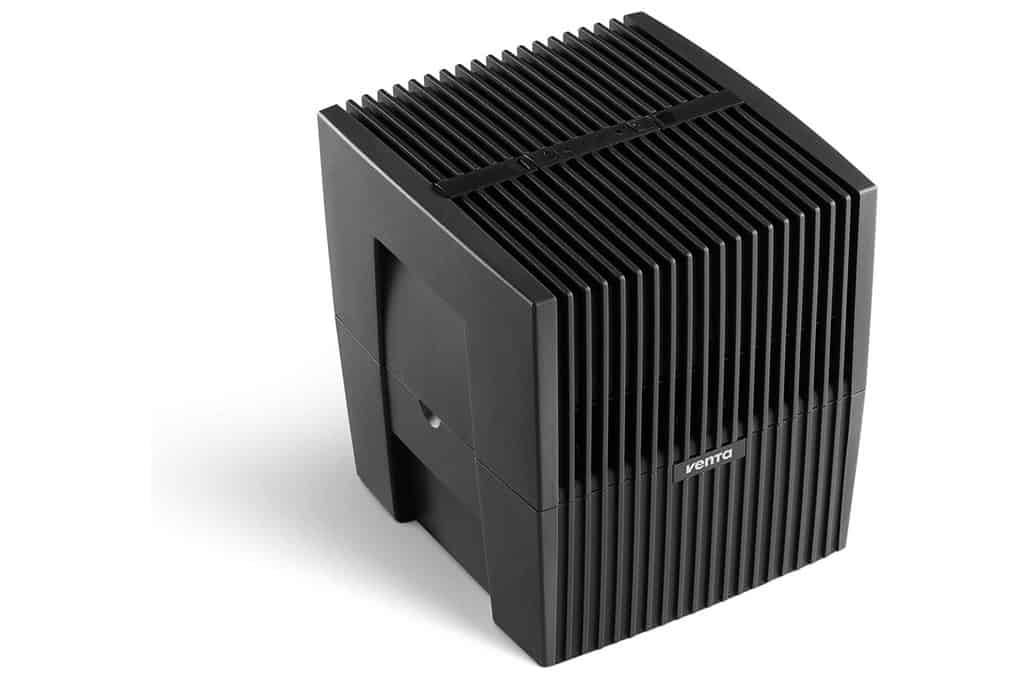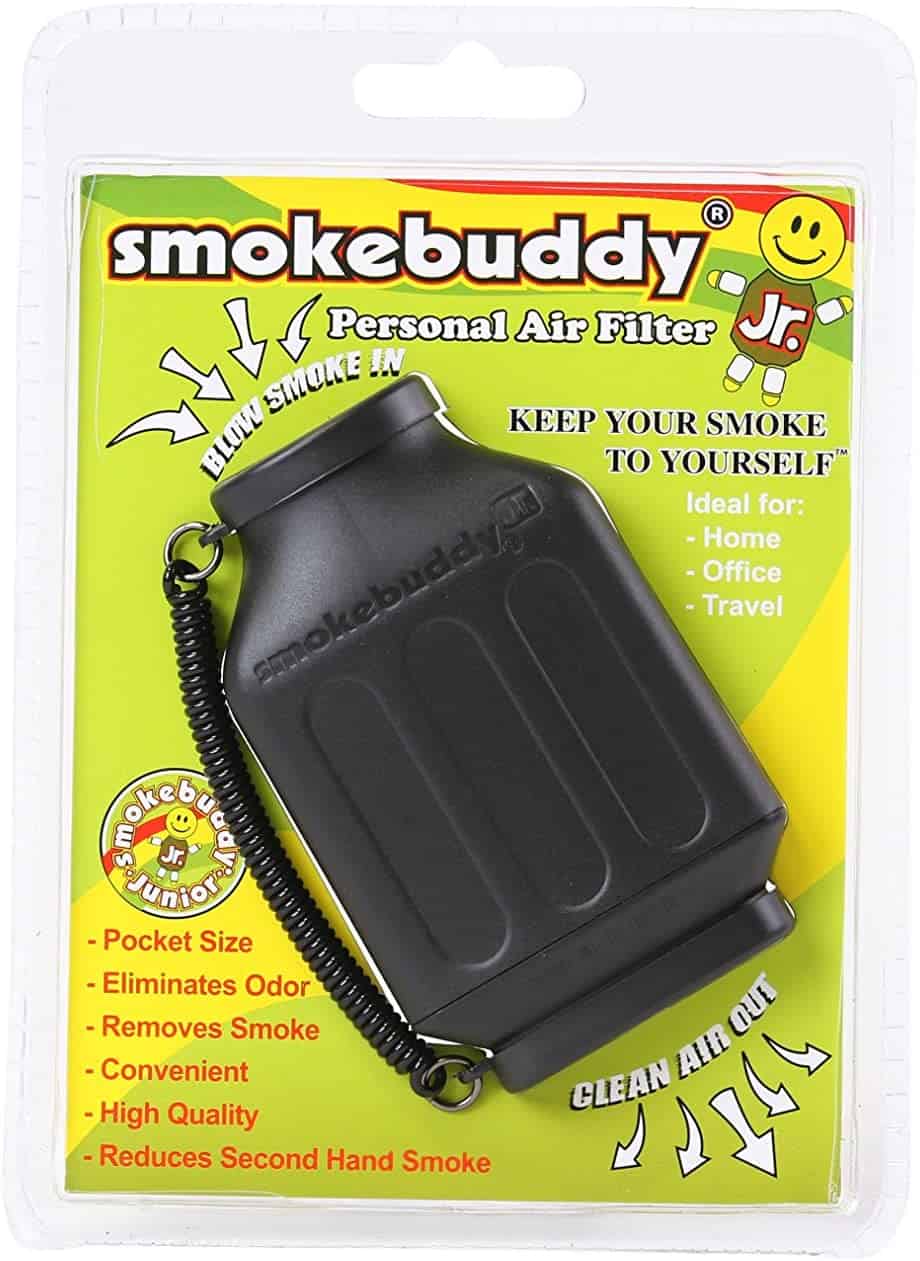Some consumers may confuse air filters with air purifiers because air filters often reside within air purifiers. However, to understand the difference between an air filter vs. an air purifier, you may need to understand the way each works because there are several types of air purifiers (including lots of top-rated air purifiers) just as there are a couple of types of air filters.
Speaking of different purification devices, you’ll want to learn about air purifiers vs vacuum purifiers, electrostatic air purifiers vs HEPA, and allergen removes vs air purifiers. In case you’re interested in other units.
KEY TAKEAWAYS:
- As air passes through an air filter, the materials trap particles inside.
- Airborne particles that pass through an air purifier may be caught in a filter or eliminated through the use of electricity or ultraviolet light.
- Air filters and air purifiers improve indoor air quality to varying degrees of success, though they may be more effective when used together.
What is the Difference Between an Air Filter and Purifier?
The filtration methods vary between air filters and air purifiers unless you are comparing filters with a filter-based purifier. Both air cleaning technologies eliminate microscopic particles, including pet dander, dust particles, and mold spores. However, when using a filter, the device catches larger particles as the air passes through it. Meanwhile, air purifiers eliminate contaminants using electricity, ionization, or UV light. You may also be interested in the pros and cons of a diffuser vs. air purifier.
Air Filters for the House
Many air purifiers, like the finest air purifiers for pets, come outfitted with their air filters. However, some air filters are placed within a house’s ductwork. To find the best air purifier for your home, you can do a comparison of the various types of air purifiers. Although the air conditioners and furnaces come with their filters, some consumers have additional filters added. The main kinds of filters that are used include HEPA and activated carbon. Many consider HEPA filters the best option for cleaning airborne particulates, while activated carbon filters work well against household odors. Air purifiers work better than house plants when masking odors.
Insider Tip
HEPA filters will help with pollutants, while activated carbon ones will help with odors.
HEPA Filters for Particulate Matter
High-efficiency particulate air (HEPA) filters eliminate at least 99.97% of larger dust particles size 0.3 microns in diameter. These filters can eliminate dust mites, mold, pet hair, or other organic compounds while the air flows through them. Some brands offer “HEPA-type” filters, which do not meet the industry standard requirements for an actual HEPA air filter.
Activated Carbon Filters for Odors
The type of filter that works best on odors and gaseous pollutants features activated carbon as its material. These filters work well in eliminating odors from tobacco smoke, cigarette smoke cooking, and mold, among other indoor air pollution. Like HEPA filters, these filter larger particles from the air, but they do not target a specific size.
Air Purifiers with Other Air Purification Technologies
Several types of air cleaners exist that improve indoor air quality. However, many of these produce ozone, even the ones that aren’t referred to as ozone generators. Electrostatic precipitators, ionizers, and ozone generators each feature unique processes. Electrostatic precipitators typically make up the best options within this group. Ionizers cause particles to stick to nearby surfaces, including clothes or your body. As the name implies, ozone generators produce toxic ozone, which is tolerable in small amounts. Just be sure to ventilate the room while using any of these options.
Electrostatic Precipitator and Particle Removal
The primary type of electronic air purifier that removes airborne particulates using air filtrate that traps particles is an electrostatic precipitator, which should not be confused with the electrostatic filters for furnaces. Electrostatic precipitation occurs when the particulate matter passes through the air purifier and receives an electrical charge. The particles are then attracted to an oppositely charged collection plate and kept on the surface. This type of air purifier is cleanable, so it does not feature disposable filters. Some air purifiers utilize filters and electrostatic precipitation, resulting in fewer particles.
Warning
Some air purifiers emit ozone, which can be toxic at higher levels.
F.A.Q.
What do air purifiers filter?
Air purifiers catch solid particulate matter or gaseous molecules. The type of air purifier affects what is eliminated, but some air purifiers provide both methods in one device.
Can I use both an air purifier and humidifier together?
You may use both an air purifier and humidifier, especially if you are worried about viruses in the air. The air purifier should eradicate some of the larger particles containing the virus, while the humidifier may reduce the infectiousness of viruses if kept at the right level.
Do air filters improve air quality?
Air filters reduce the particulate matter in the air, which increases indoor air quality. However, they do need to be changed or cleaned every so often to remain effective. To check whether you have a washable or disposable filter, you should consult your user’s manual.
STAT: According to several studies (Lapidus et al., 2013), increasing the humidity in the air to a range of 40-60 percent reduces the infectiousness of viruses. (source)

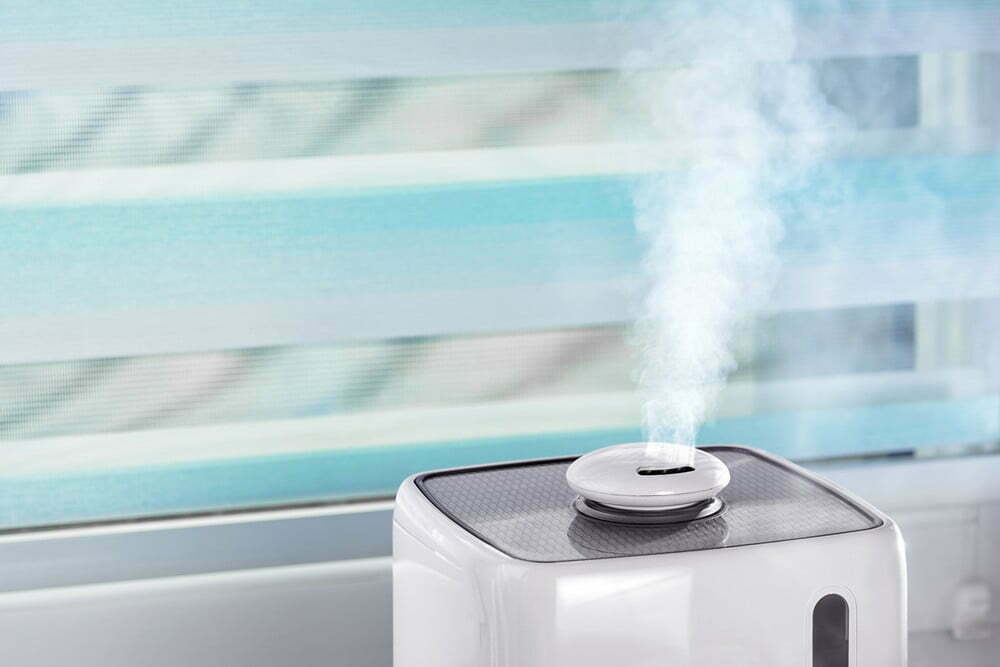













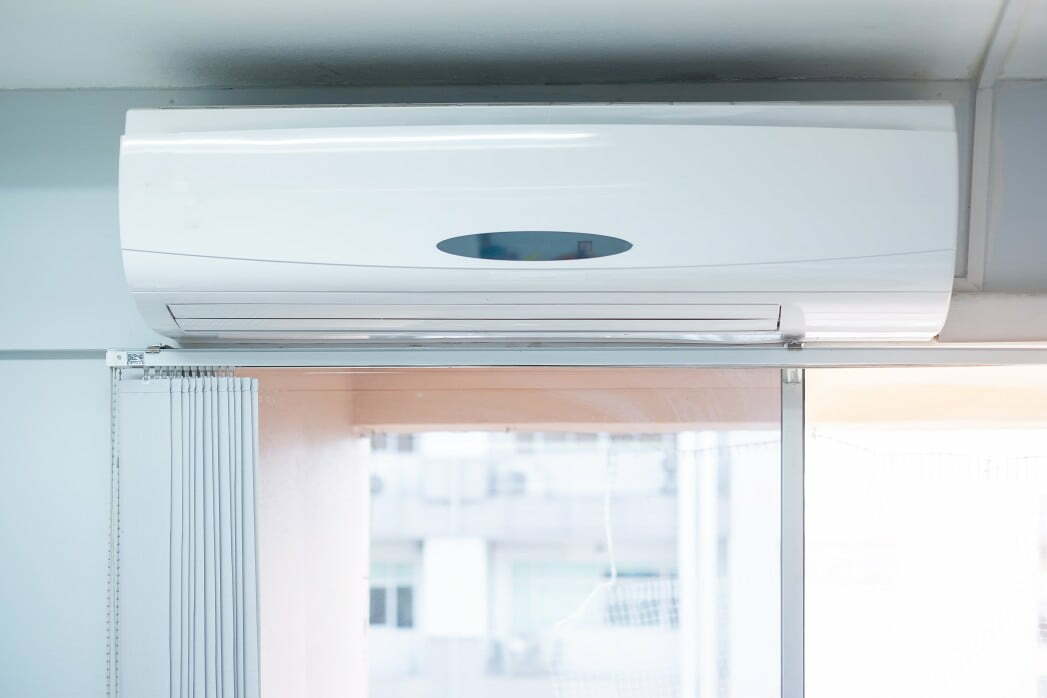
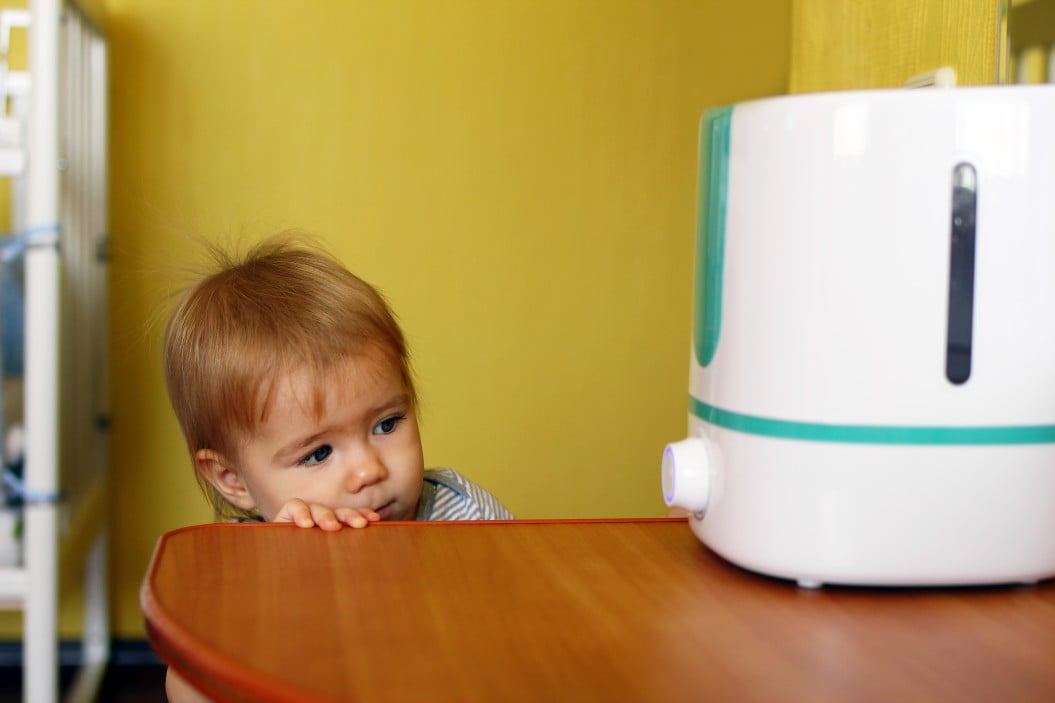
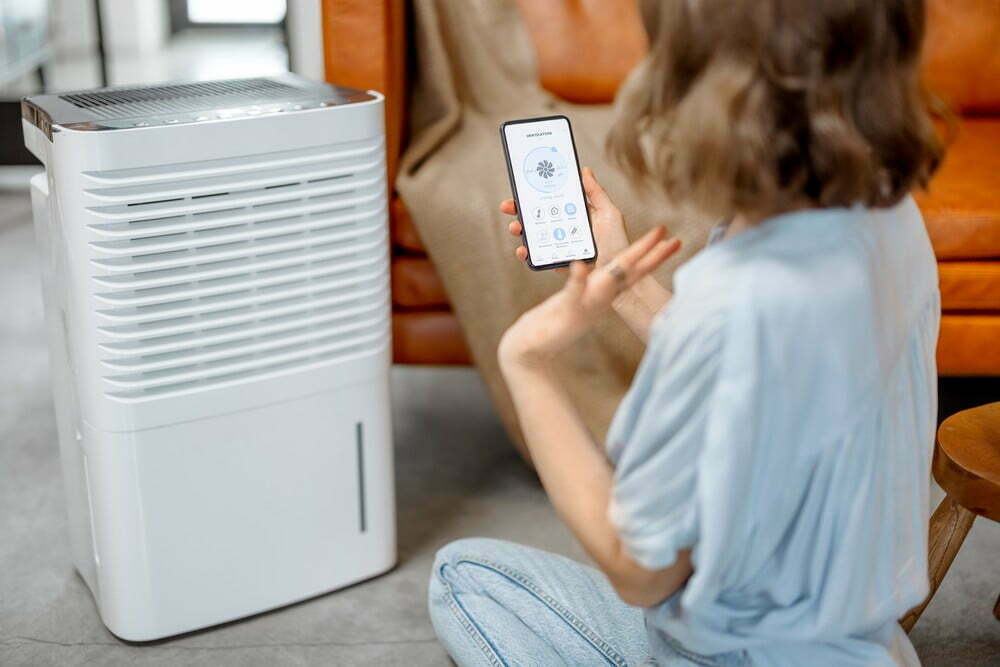
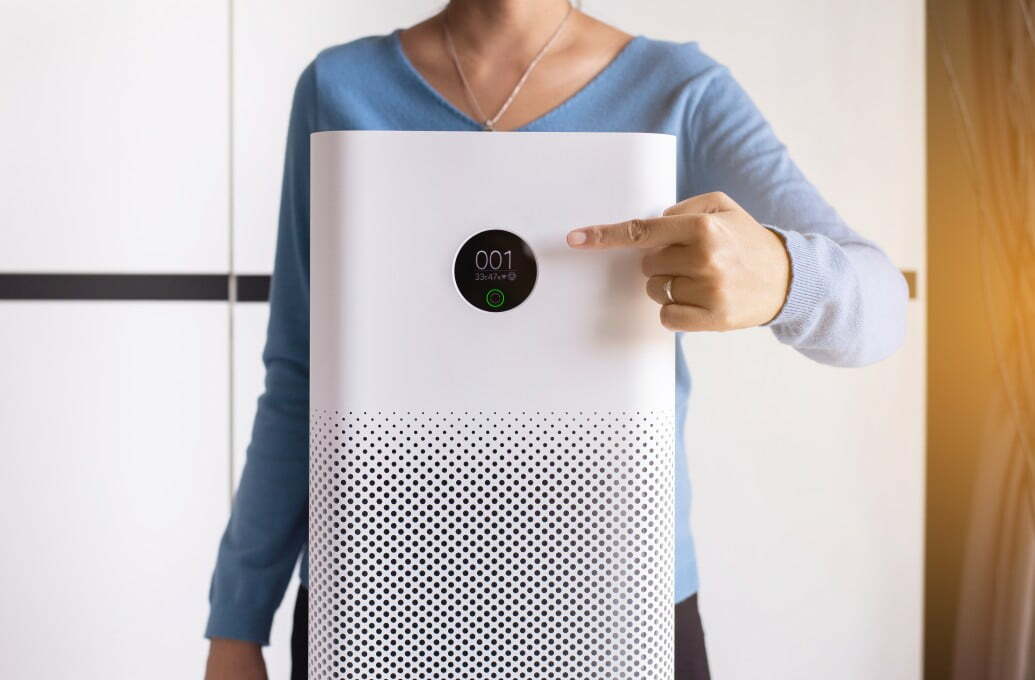
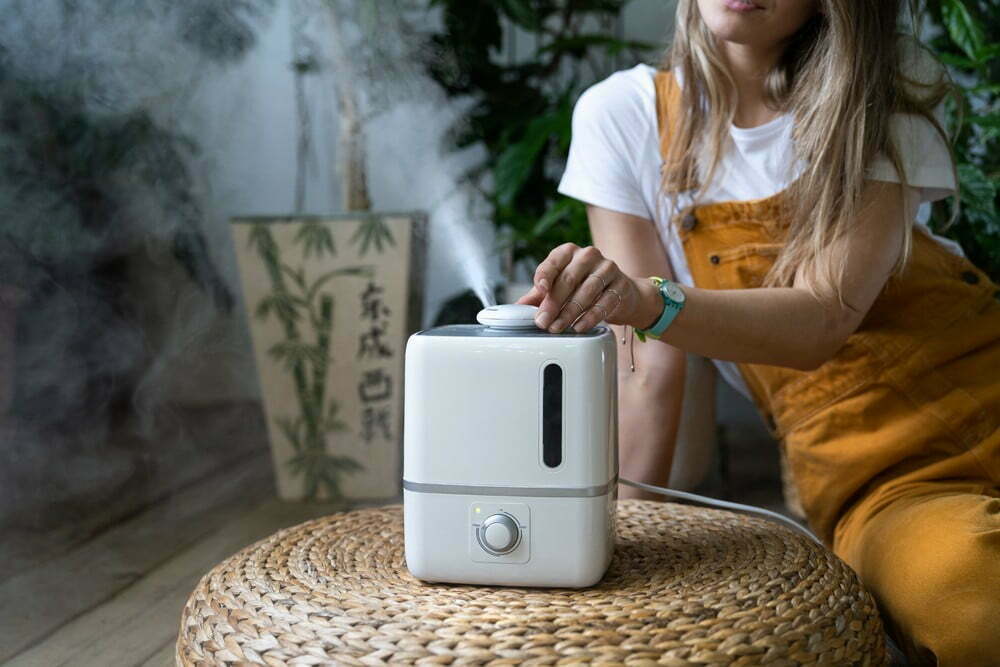


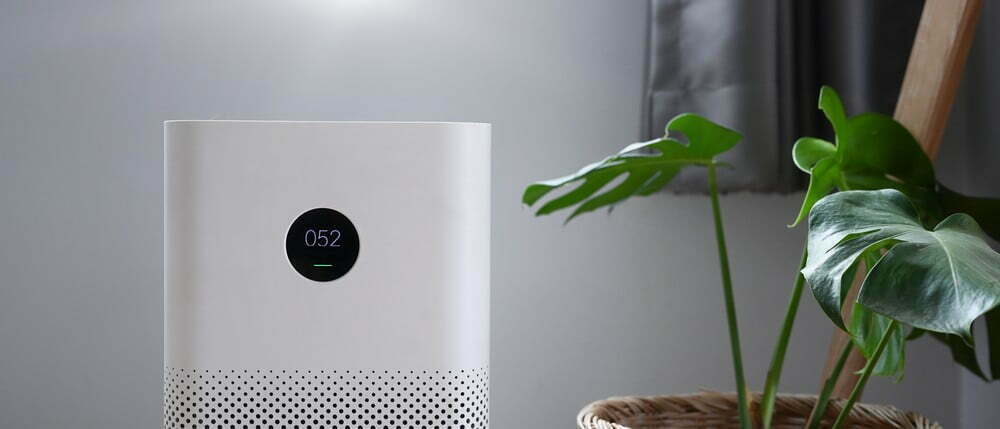
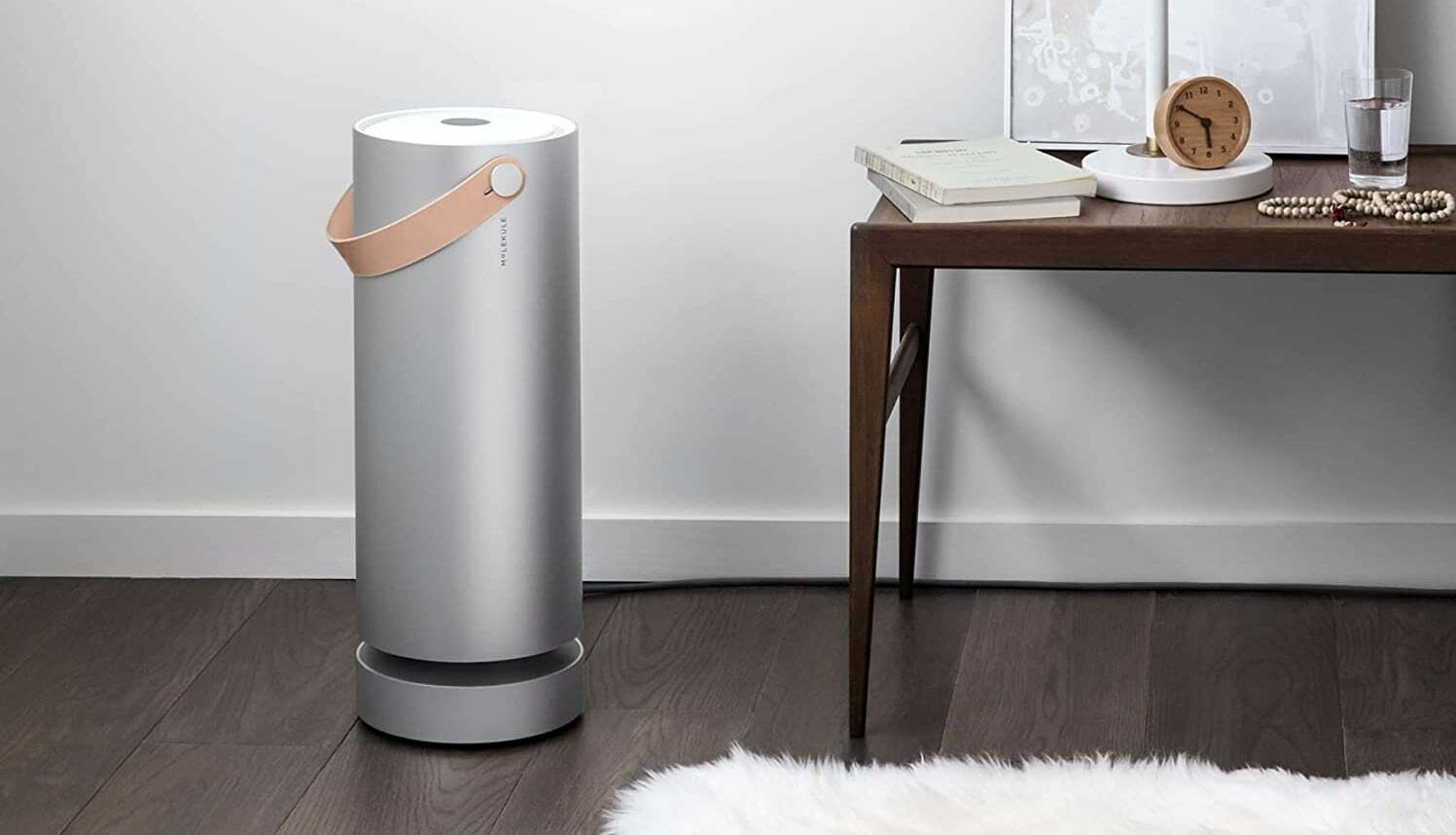
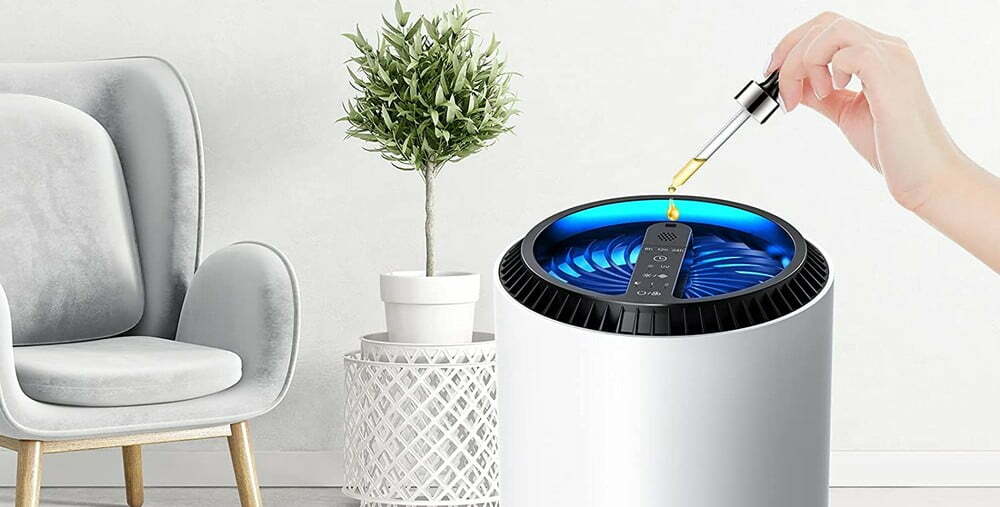
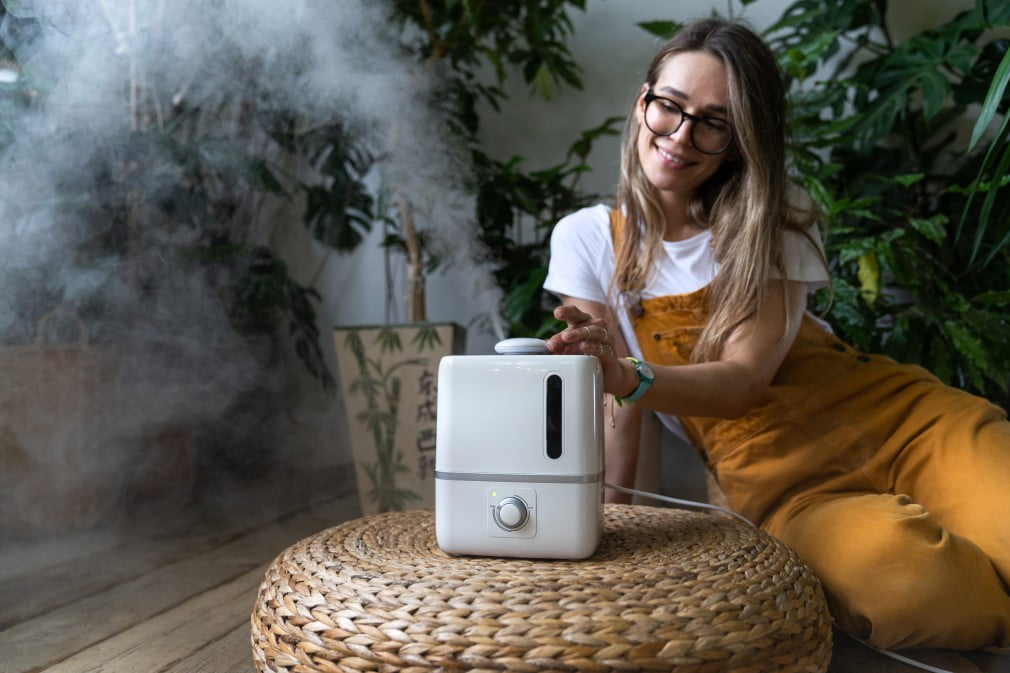
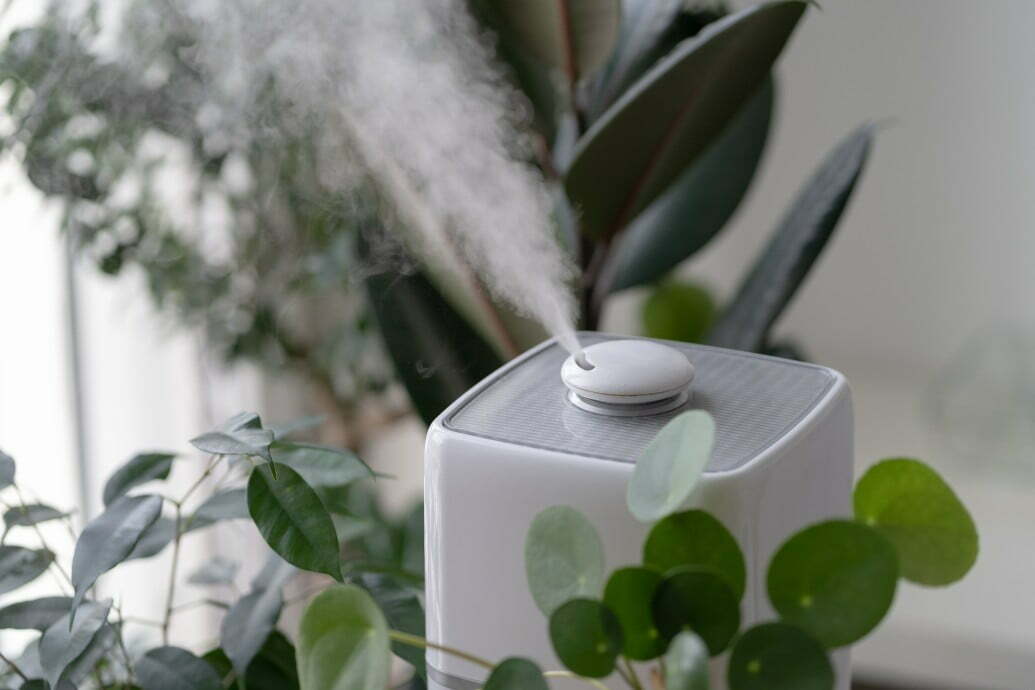
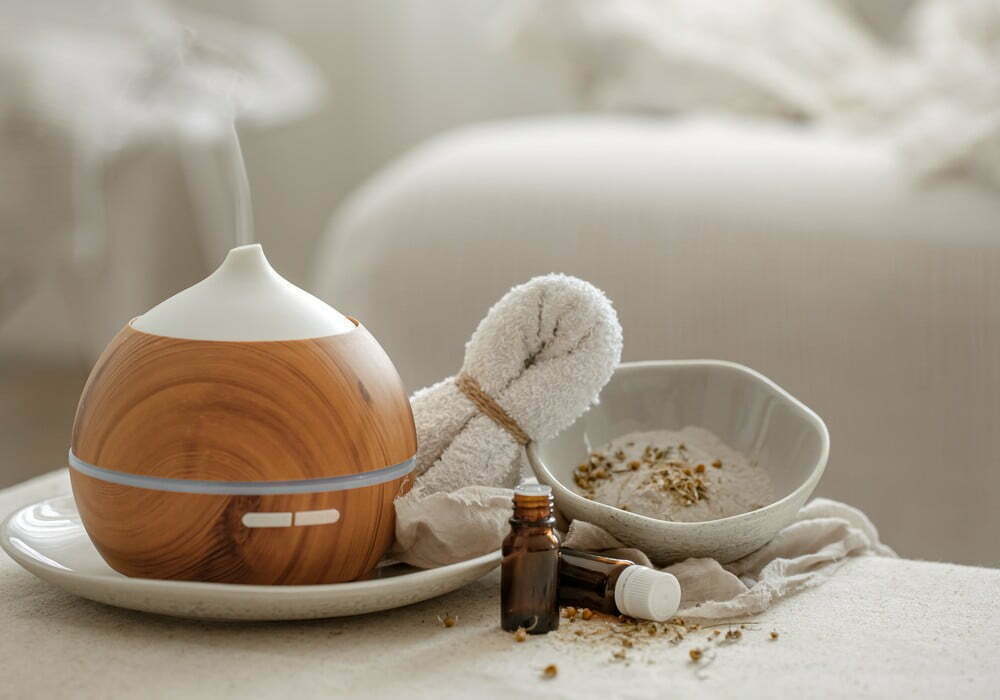
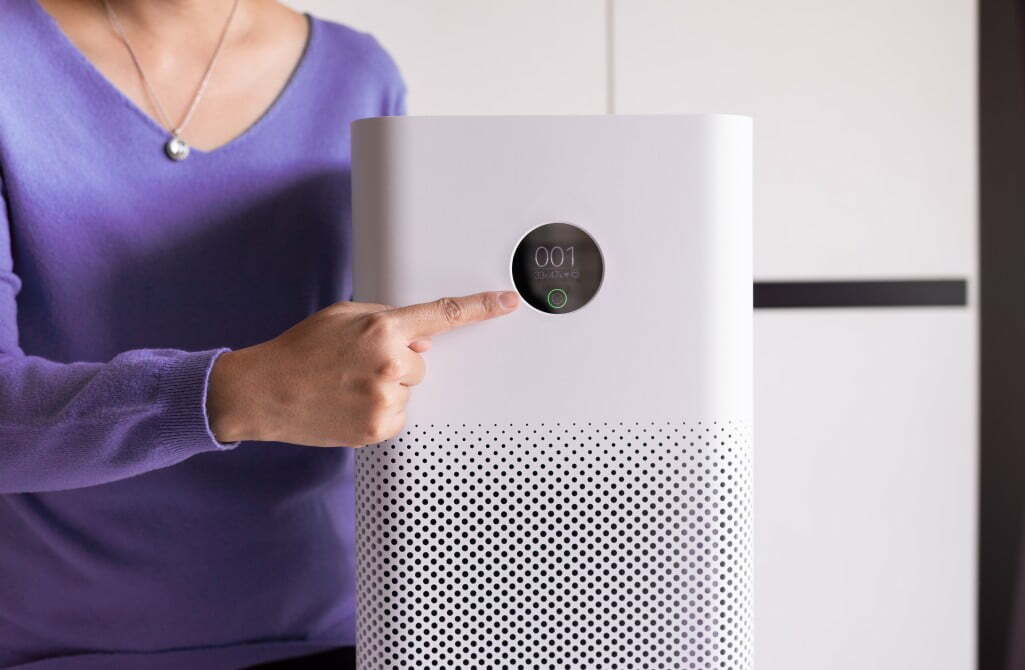
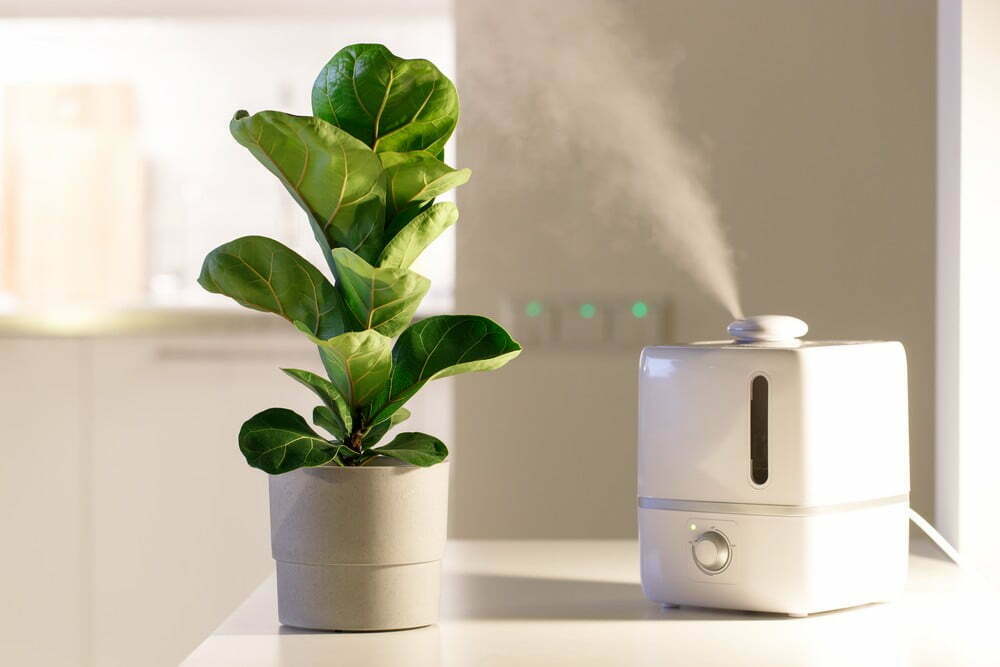

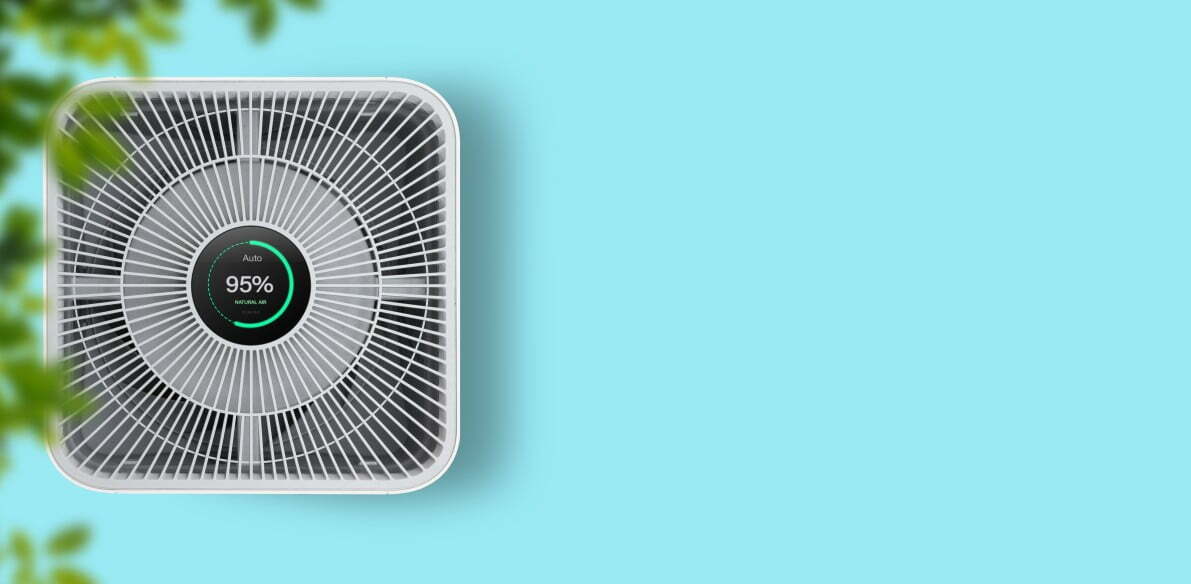
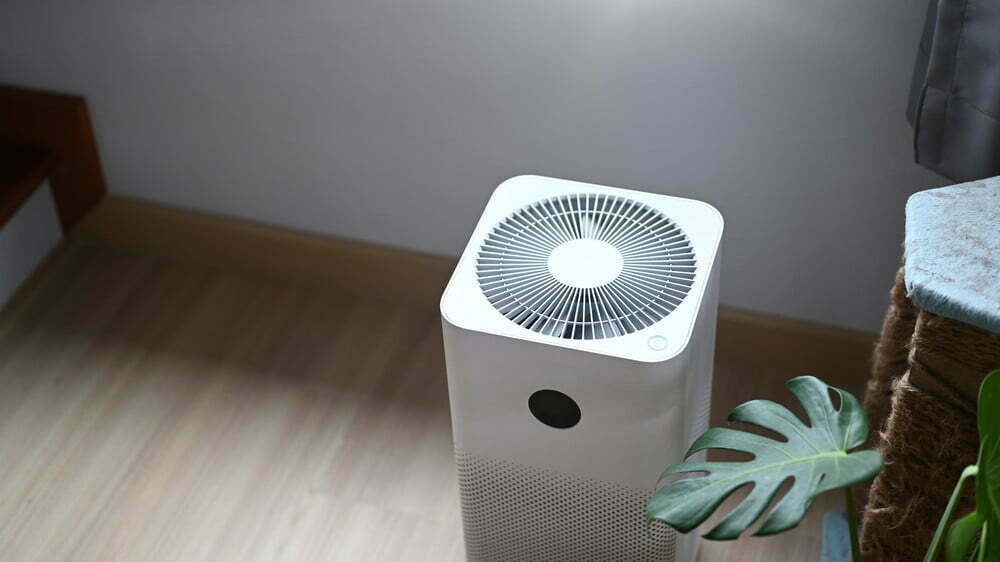
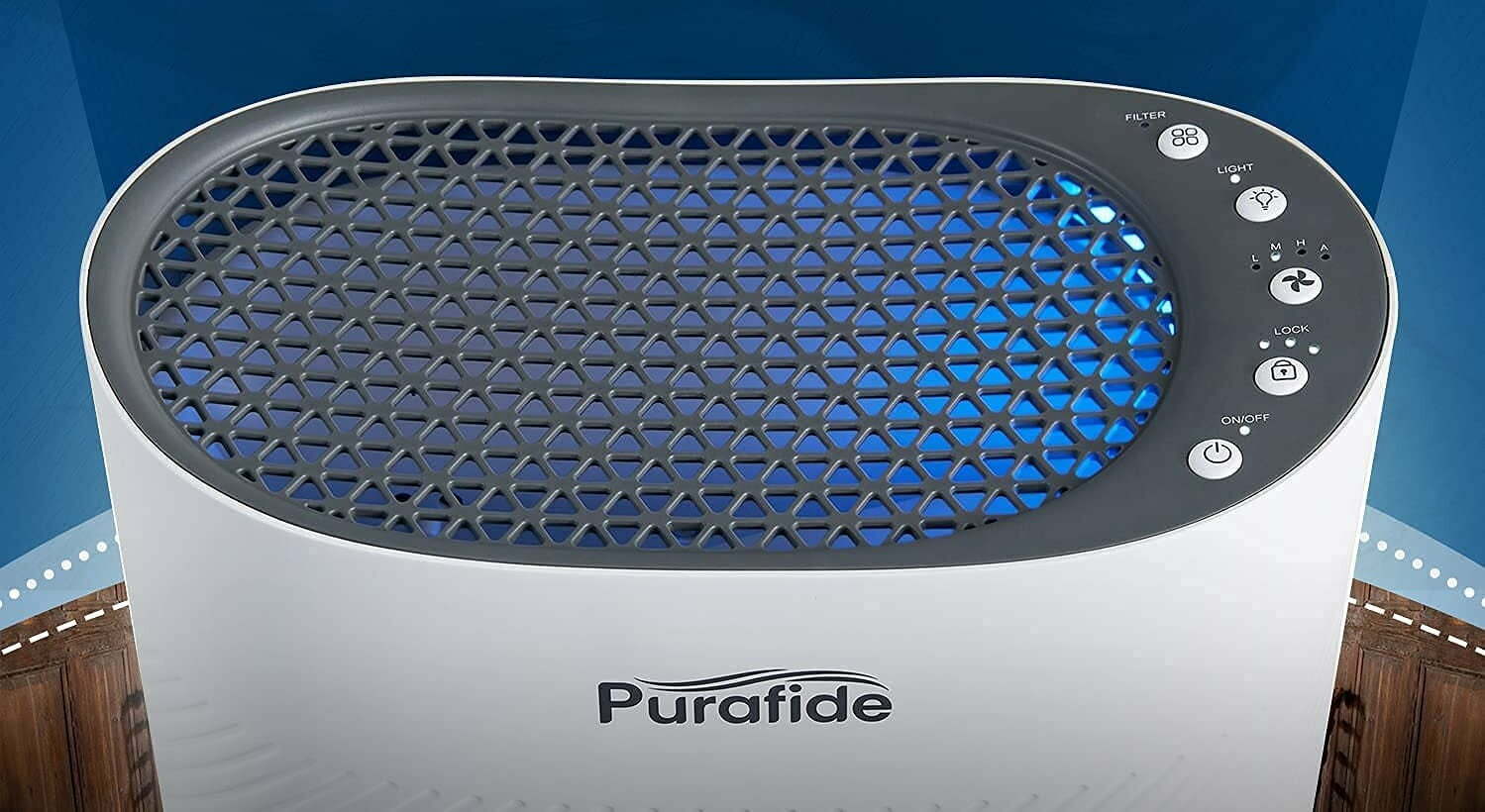
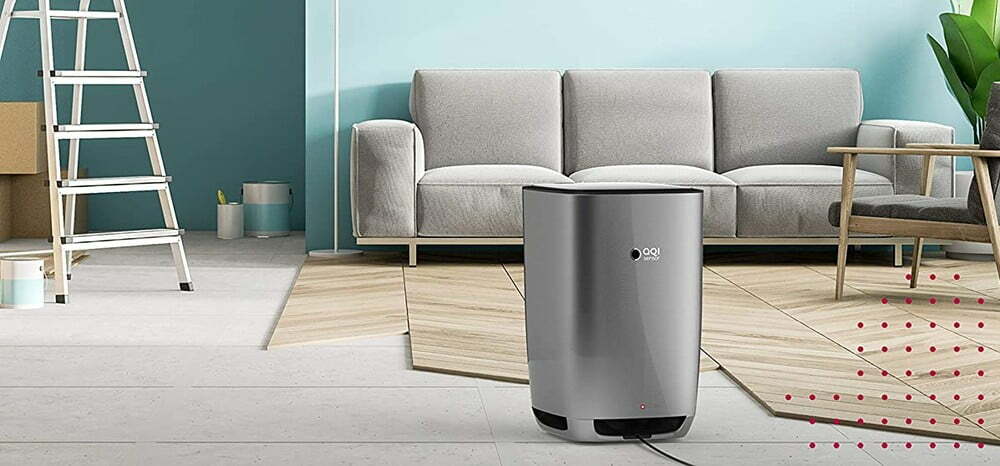
![Best Air Purifiers for VOCs and Formaldehyde in [year] 27 Best Air Purifiers for VOCs and Formaldehyde in 2026](https://www.gadgetreview.dev/wp-content/uploads/best-air-purifier-for-vocs-and-formaldehyde-image.jpg)
![Best Air Purifier in [year] ([month] Reviews) 28 Best Air Purifier in 2026 (January Reviews)](https://www.gadgetreview.dev/wp-content/uploads/Honeywell-True-HEPA-Allergen-Remover-HPA300-e1475603569442.jpg)
![Best Air Purifiers for Dust in [year] 29 Best Air Purifiers for Dust in 2026](https://www.gadgetreview.dev/wp-content/uploads/best-air-purifier-for-dust-image.jpg)
![Best Honeywell Air Purifiers in [year] 30 Best Honeywell Air Purifiers in 2026](https://www.gadgetreview.dev/wp-content/uploads/best-honeywell-air-purifier-image.jpg)
![Best Germicidal Air Purifiers in [year] 31 Best Germicidal Air Purifiers in 2026](https://www.gadgetreview.dev/wp-content/uploads/best-germicidal-air-purifier-image.jpg)
![Best Filterless Air Purifiers in [year] 32 Best Filterless Air Purifiers in 2026](https://www.gadgetreview.dev/wp-content/uploads/best-filterless-air-purifier-image.jpg)
![Best Levoit Air Purifiers in [year] 33 Best Levoit Air Purifiers in 2026](https://www.gadgetreview.dev/wp-content/uploads/best-levoit-air-purifier-image.jpg)
![Best Air Purifiers for Smoking Weed in [year] 34 Best Air Purifiers for Smoking Weed in 2026](https://www.gadgetreview.dev/wp-content/uploads/best-air-purifier-for-smoking-weed-image.jpg)
![Best Quiet Air Purifiers in [year] 35 Best Quiet Air Purifiers in 2026](https://www.gadgetreview.dev/wp-content/uploads/best-quiet-air-purifier-image.jpg)
![Best Desktop Air Purifiers in [year] 36 Best Desktop Air Purifiers in 2026](https://www.gadgetreview.dev/wp-content/uploads/best-desktop-air-purifier.jpg)
![Best Dyson Air Purifiers in [year] 37 Best Dyson Air Purifiers in 2026](https://www.gadgetreview.dev/wp-content/uploads/best-dyson-air-purifier.jpg)
![Best Air Purifiers for Dorm Room in [year] 38 Best Air Purifiers for Dorm Room in 2026](https://www.gadgetreview.dev/wp-content/uploads/air-purifier-for-dorm-room-1.jpg)
![Best Air Purifiers for Office in [year] 39 Best Air Purifiers for Office in 2026](https://www.gadgetreview.dev/wp-content/uploads/best-air-purifier-for-office.jpg)
![Best Air Purifiers for Basement in [year] 40 Best Air Purifiers for Basement in 2026](https://www.gadgetreview.dev/wp-content/uploads/best-air-purifier-for-basement.jpg)
![Best Air Purifiers For Odor in [year] 41 Best Air Purifiers For Odor in 2026](https://www.gadgetreview.dev/wp-content/uploads/best-air-purifier-odor.jpg)
![10 Best Personal Air Purifiers in [year] 42 10 Best Personal Air Purifiers in 2026](https://www.gadgetreview.dev/wp-content/uploads/best-personal-air-purifiers.jpg)
![10 Best Plug In Air Purifiers in [year] 43 10 Best Plug In Air Purifiers in 2026](https://www.gadgetreview.dev/wp-content/uploads/best-plug-in-air-purifier-image.jpg)
![10 Best Whole House Air Purifiers in [year] 44 10 Best Whole House Air Purifiers in 2026](https://www.gadgetreview.dev/wp-content/uploads/best-whole-house-air-purifier-image.jpg)
![10 Best Large Room Air Purifiers in [year] 45 10 Best Large Room Air Purifiers in 2026](https://www.gadgetreview.dev/wp-content/uploads/Coway-Airmega-200M-Large-Room-Air-Purifier-900x900-1.png)
![10 Best UV Air Purifiers in [year] 46 10 Best UV Air Purifiers in 2026](https://www.gadgetreview.dev/wp-content/uploads/best-uv-air-purifier.jpg)
